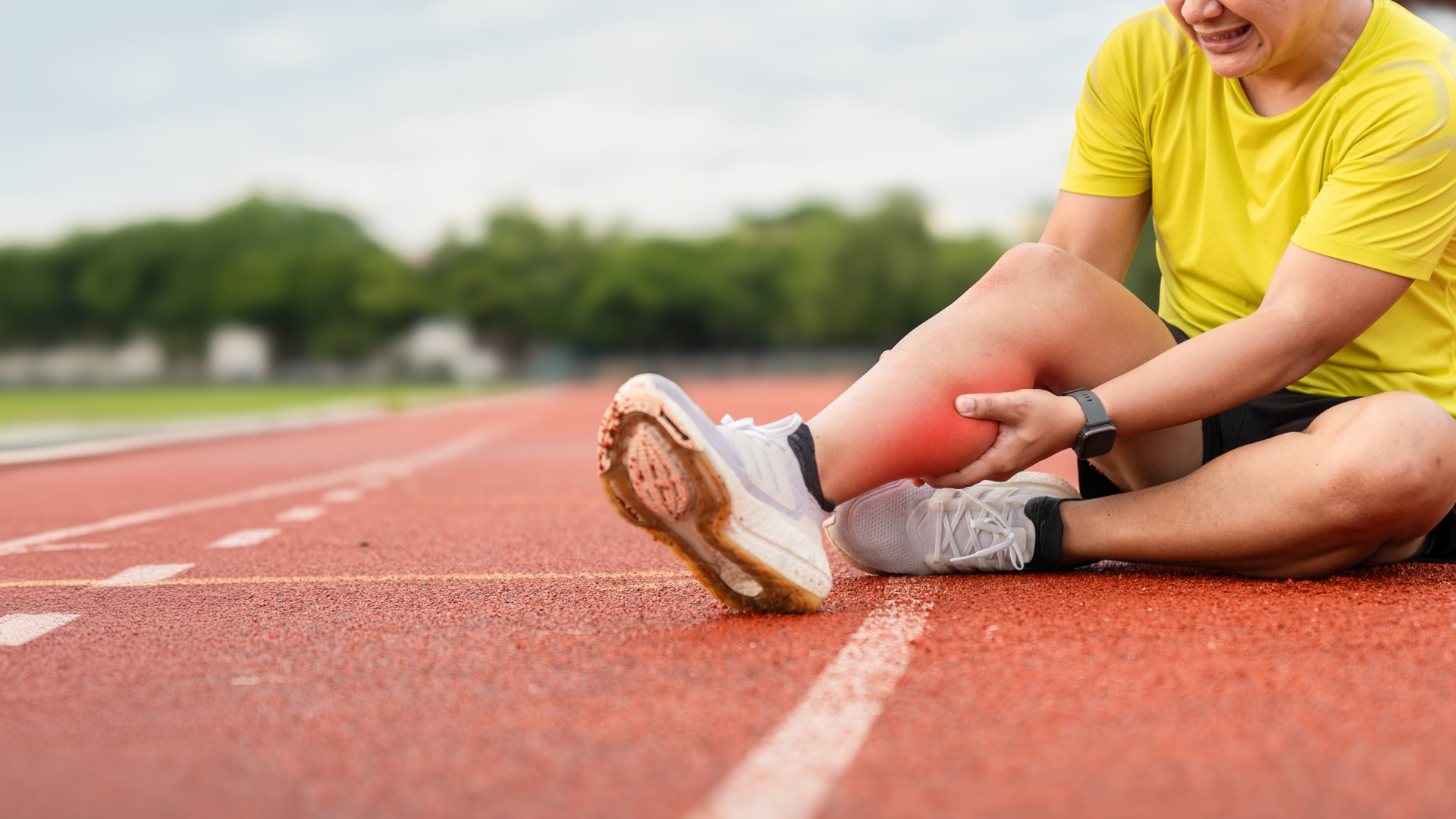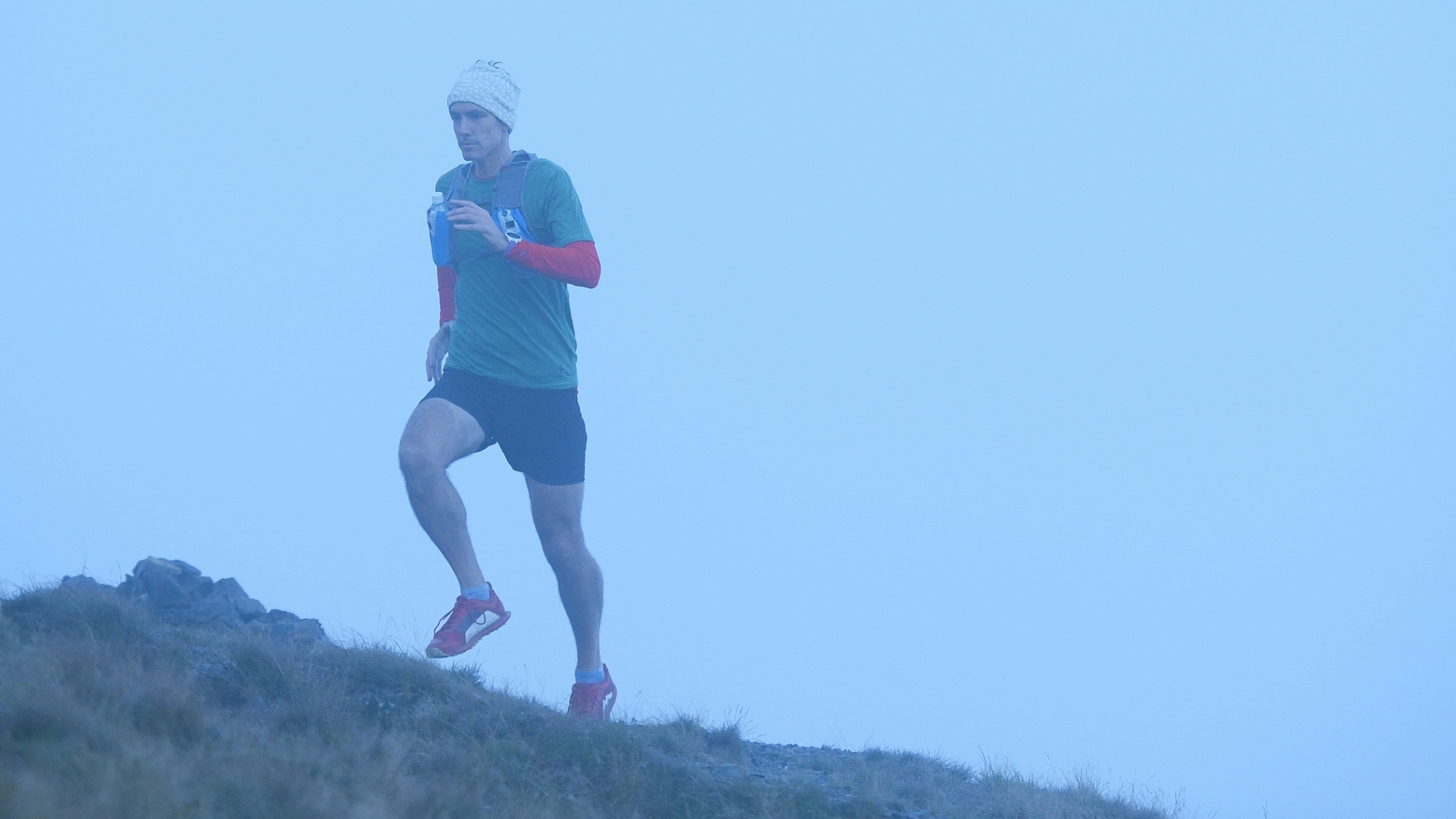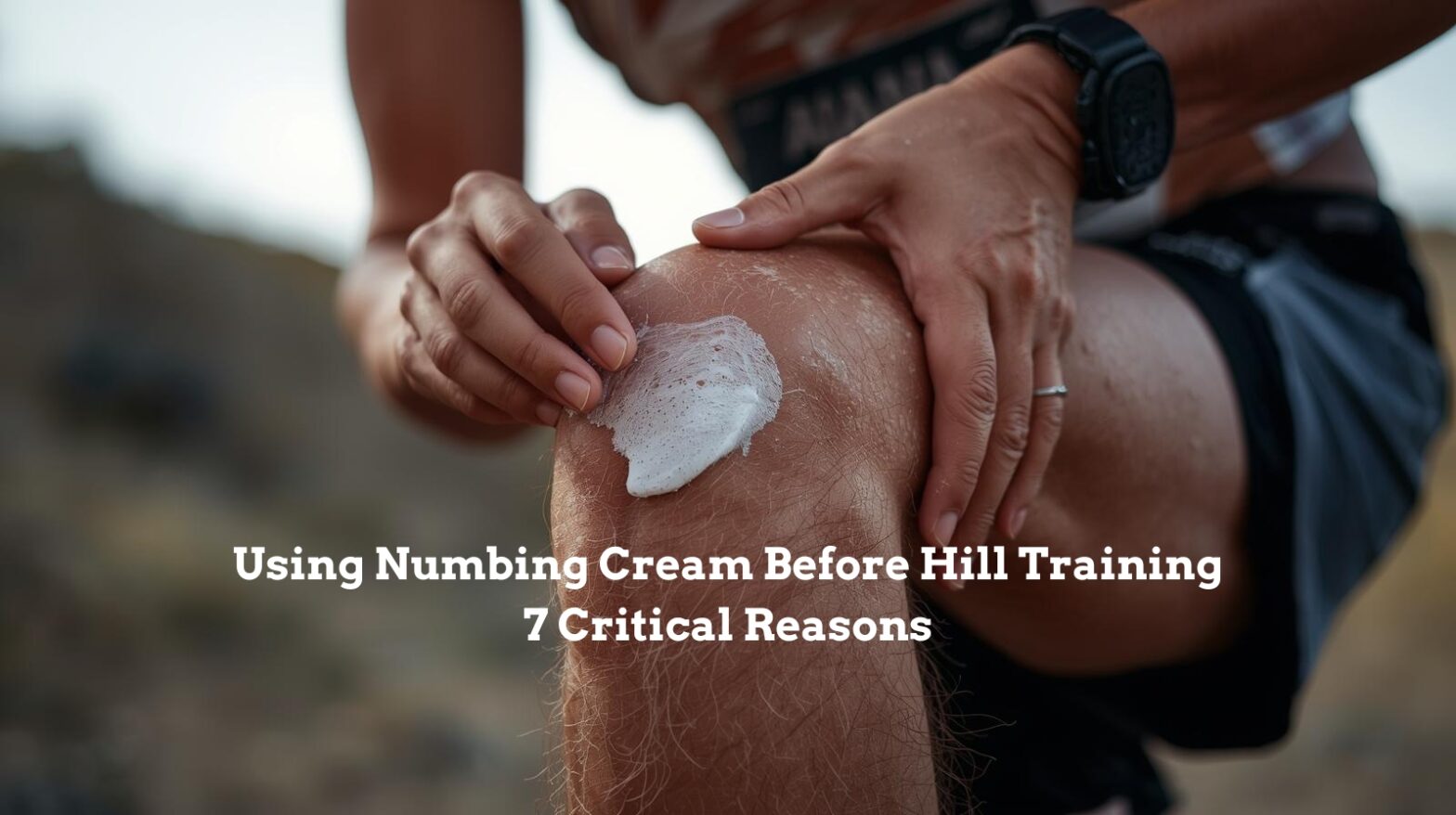Every runner knows the sting of hill repeats the burning quads, the aching calves, and the pounding heartbeat that comes with climbing steep grades. Hill training builds strength and stamina, but it also brings real discomfort. Some athletes, desperate to train harder, turn to numbing creams to dull the pain.
While this might sound like a clever shortcut, using numbing cream before hill training can do far more harm than good. These products block essential pain signals that protect your body from serious injury. When you silence those signals, you lose the feedback that keeps your muscles, tendons, and joints safe under heavy stress.
In this article, you’ll learn why numbing creams are unsafe for pre-training use, how they interfere with your body’s natural pain mechanisms, and the safer, science-backed strategies to manage discomfort during hill workouts.
Using Numbing Cream Before Hill Training: 7 Critical Reasons

Hill training challenges nearly every muscle in your lower body. The changing gradients require constant strength, coordination, and control.
Biomechanical challenges include:
- Uphill running increases stress on the Achilles tendon and tibia.
- Downhill running involves eccentric contractions that strain the quadriceps.
- Joint stress varies with gradient—especially around the knees and patellofemoral joint.
- Ground reaction forces rise sharply on descents, creating impact shock that travels up the legs.
Common pain points:
- Burning quadriceps on climbs
- Calf and Achilles soreness during uphill push-off
- Knee discomfort on descents
- Shin splints from repetitive impact
- DOMS (delayed onset muscle soreness) 24-48 hours after training
This pain is a normal part of the adaptation process. It signals your body is responding to stress and growing stronger if managed correctly.
What Are Numbing Creams in an Athletic Context?
Numbing creams are topical anesthetics designed to block pain signals from reaching the brain. Common ingredients include lidocaine (2–5%) and benzocaine, which act by blocking sodium channels in nerve endings.
Key facts:
- They begin working about 15–30 minutes after application.
- Their effects last 1–3 hours.
- They act only on surface nerves not deep muscle tissue.
In sports medicine, these products are used under medical supervision to manage pain after procedures or minor injuries. They’re not designed for use before training or competition.
The Dangerous Practice of Pre-Training Numbing
Athletes may consider using numbing cream before hill training because they:
- Want to push through fatigue or pain barriers
- Fear losing fitness by skipping sessions
- Feel pressure to keep up with teammates
- Misinterpret pain as weakness
However, pain isn’t your enemy it’s essential feedback. When you block it, you override your body’s built-in warning system. This can lead to training through injury and turning small issues into long-term damage.
Specific Dangers of Numbing Cream for Hill Training
1. Increased Injury Risk on Hills
- Reduced proprioception makes it harder to sense uneven ground.
- Masked fatigue can push muscles beyond safe limits.
- Higher risk of Achilles ruptures, ligament tears, and stress fractures.
2. Biomechanical Compensation
Without pain feedback, your running form naturally shifts:
- Overstriding on descents
- Overusing hip and back muscles to compensate
- Increased braking forces and joint strain
3. Systemic Absorption During Exercise
Intense exercise increases blood flow and body heat, which can cause greater absorption of numbing agents. In rare cases, this leads to:
- Heart rhythm irregularities
- Breathing difficulties
- Seizures or toxicity during heavy exertion
Medical Evidence Against Pre-Exercise Numbing
Research consistently shows that masking pain leads to worse outcomes:
- Higher rates of re-injury
- Longer recovery times
- Delayed healing due to continuous tissue stress
The FDA warns against using high-strength topical anesthetics unsupervised, noting that misuse has resulted in severe medical complications and even fatalities.
Pain exists to prevent exactly these situations it’s your body’s signal to stop before something breaks.
Hill Training-Specific Injury Patterns

Uphill injuries
- Achilles tendinopathy
- Calf strains
- Plantar fasciitis
- Lower back and hip flexor strain
Downhill injuries
- Quadriceps microtears
- Patellofemoral pain
- IT band irritation
- Tibial stress fractures
If you numb the pain, you may miss early warning signs and continue training through a developing injury, turning a manageable issue into a serious one.
Proper Pain Management for Hill Training
Pain management doesn’t mean ignoring discomfort it means understanding it.
Normal training pain:
- Muscle burn or fatigue that eases with rest
- General soreness on both sides of the body
- Pain improving with a warm-up
Injury pain:
- Sharp, localized pain
- Pain worsening during training
- Swelling, limping, or restricted movement
Safe progression tips:
- Start with moderate inclines (3–5%)
- Gradually build volume before intensity
- Allow 48–72 hours between hill sessions
- Prioritize proper warm-ups and mobility work
Alternative Pain Management Strategies
Before training:
- Foam roll and stretch dynamically
- Stay hydrated and nourished
- Mentally prepare with visualization
During training:
- Adjust form (shorter strides, quicker cadence)
- Take walking breaks on steep grades
- Use breathing and focus techniques to manage effort
After training:
- Apply the RICE protocol for soreness
- Use light movement or active recovery
- Try ice baths or compression gear to aid recovery
When Pain Requires Medical Attention
Stop training and seek help if you experience:
- Sharp, sudden pain
- Swelling or bruising
- Inability to bear weight normally
- Pain persisting more than 48 hours
- Numbness, tingling, or radiating pain
These are red flag symptoms that should never be ignored.
Legitimate Topical Treatments for Athletes
If you need post-workout relief, use topical anti-inflammatories or natural recovery creams instead of numbing products. Options include:
- Diclofenac or ibuprofen gels
- Menthol-based creams
- Arnica preparations
These products reduce inflammation and promote recovery rather than masking symptoms.
Building Hill Training Tolerance Safely
Real progress comes from adaptation, not shortcuts.
Key adaptations:
- Stronger muscles and connective tissue
- Improved capillary density
- Greater energy efficiency
Allow 4–8 weeks for noticeable adaptation and follow progressive overload principles gradually increasing either incline, distance, or repetitions, never all at once.
Add strength training for your calves, quads, hips, and core to boost durability and hill performance.
Performance Implications
Using numbing cream doesn’t enhance performance it hinders it. Pain helps regulate pacing, maintain form, and prevent breakdown.
Real improvement comes from:
- Periodized training
- Adequate recovery
- Strength and technique development
- Mental resilience
Legal and Ethical Considerations
Numbing creams may fall under WADA scrutiny if used improperly. They also pose ethical concerns by providing an artificial advantage and violating safety regulations. Always train under medical supervision when using any topical or pharmaceutical aid.
Conclusion
Using numbing cream before hill training is a risky, counterproductive practice. Pain is your body’s protective signal it helps you train smarter, not weaker. Masking that feedback increases your risk of serious injury, especially on steep or uneven terrain.
The best way to handle pain isn’t to silence it but to understand its cause, manage your load, and allow your body time to adapt. Hill training rewards consistency, patience, and respect for your body not shortcuts.
Key takeaway: Never numb pain before training. Address it, recover from it, and come back stronger.
FAQs
No. Numbing creams block nerve signals but don’t help recovery. Use anti-inflammatory gels or natural recovery creams instead.
Only under medical advice. Broken skin increases absorption risk, which can be dangerous during intense exercise.
Focus on gradual progression, good form, and recovery habits—foam rolling, ice baths, and rest days.
If the pain is sharp, one-sided, worsens with activity, or limits movement, stop training and get a medical evaluation.


